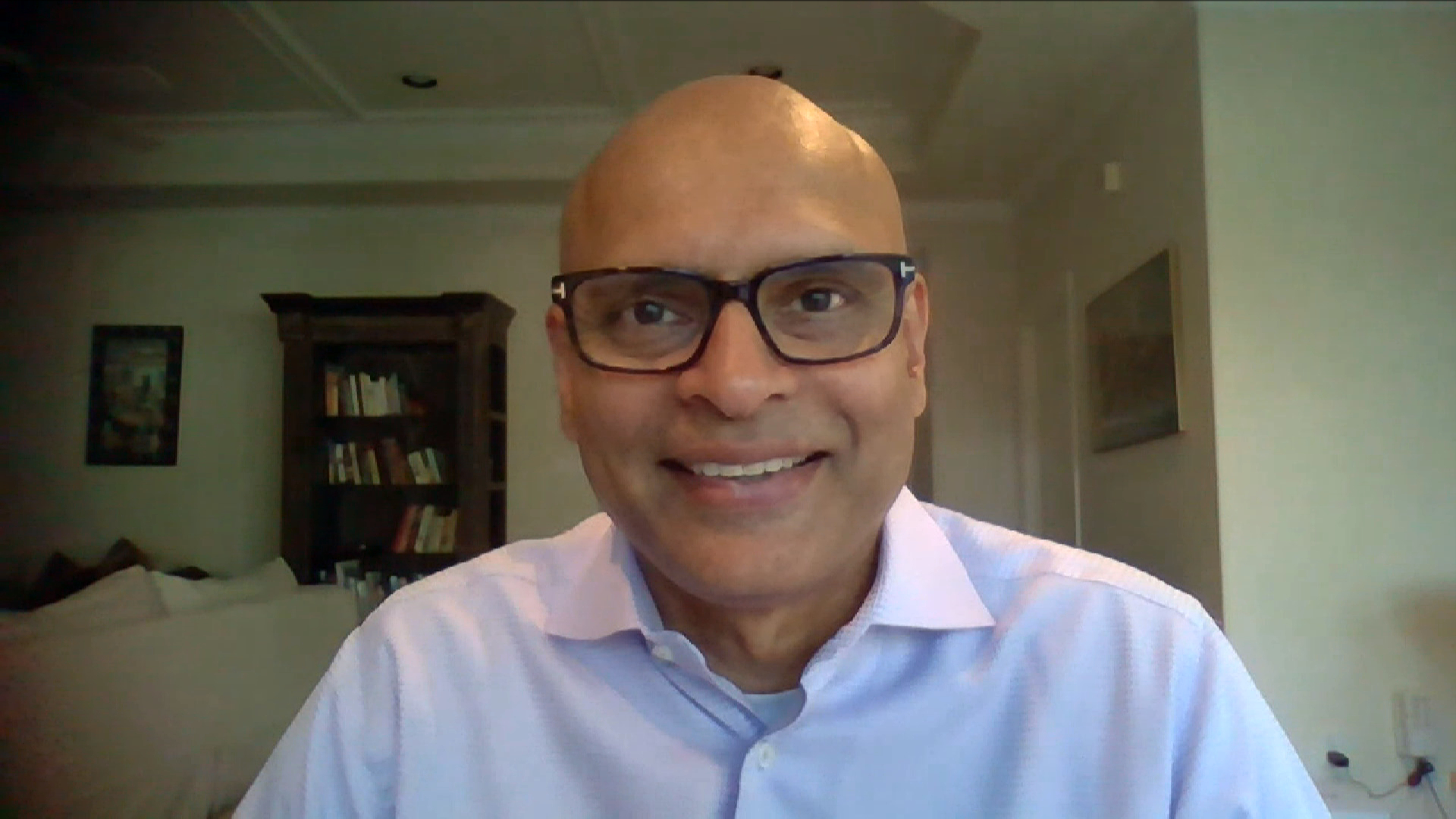 CLOUD
CLOUD
 CLOUD
CLOUD
 CLOUD
CLOUD
The closure of brick-and-mortar commerce across the world has brought the importance of digital preparedness to the fore. Yet only a fraction of workloads have so far been moved to the cloud.
As hybrid and multicloud strategies become the more common models, choosing which workloads to move and where to move them is a complex job. And just like any daunting task, it’s easier with the right equipment and some expert friends to help.
“We have a tool that that we use called myNav, which allows you to really assess a client’s legacy estate and figure out what part of it that really we should be modernizing and which of the partners that we need to be working with to be able to modernize that aspect,” said Prasad Sankaran (pictured), senior managing director and global lead of cloud and infrastructure, Accenture Technology, at Accenture LLP.
Sankaran spoke with Dave Vellante, host of theCUBE, SiliconANGLE Media’s mobile livestreaming studio, during the IBM Think Digital Event Experience. They discussed how Accenture, IBM and Red Hat are combining expertise to help each business choose the right cloud model for its unique needs. (* Disclosure below.)
Helping clients move to the cloud is Accenture’s area of expertise, and the company has the industry expertise and global presence to make heavy lifting easy and secure. But there’s strength in numbers, and IBM and Red Hat OpenShift are important partners in helping Accenture’s clients move forward in their cloud journeys.
The sweet spot for cloud strategy is at “the intersection of region, technology, as well as industry,” according to Sankaran. “We work with our clients to really understand their need and to help them with … which applications really should reside where makes sense for them.”
As companies start increasing the number of workloads operating in the cloud, multicloud becomes almost a default strategy. “Most of our clients end up using two to three public clouds,” Sankaran said.
This makes Red Hat OpenShift a practical platform choice as it can run across all the public clouds, according to Sankaran. He gives the example of how clients can create containerized Microsoft-based applications that can “pretty much run across whichever cloud you want.”
To help with mission-critical workloads, Accenture uses a concept known as “digital decoupling.” This is a cost-effective process that reviews back-end monolithic applications and identifies potential features that can be extracted.
“Take those features out … rewrite those applications, containerize them, and then be able to run them on multiple clouds,” Sankaran explained.
But don’t expect everything to be appropriate to move to the cloud, Sankaran stated, advocating hybrid cloud as a long-term solution.
“The journey continues,” he said. “It may not be ever that you have 100% of the processing that happens on the public cloud.”
Watch the complete video interview below, and be sure to check out more of SiliconANGLE’s and theCUBE’s coverage of the IBM Think Digital Event Experience. (* Disclosure: TheCUBE is a paid media partner for the IBM Think Digital Event Experience. Neither IBM Corp., the sponsor for theCUBE’s event coverage, nor other sponsors have editorial control over content on theCUBE or SiliconANGLE.)
THANK YOU